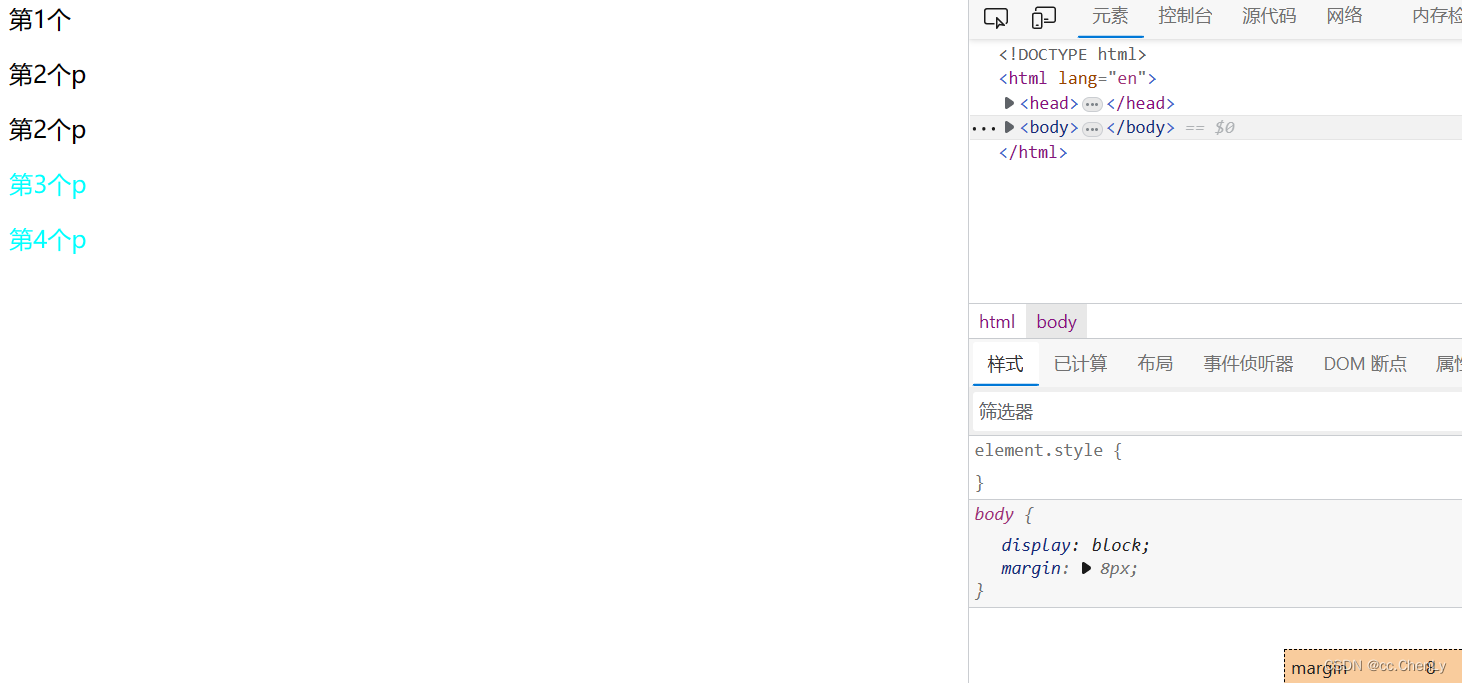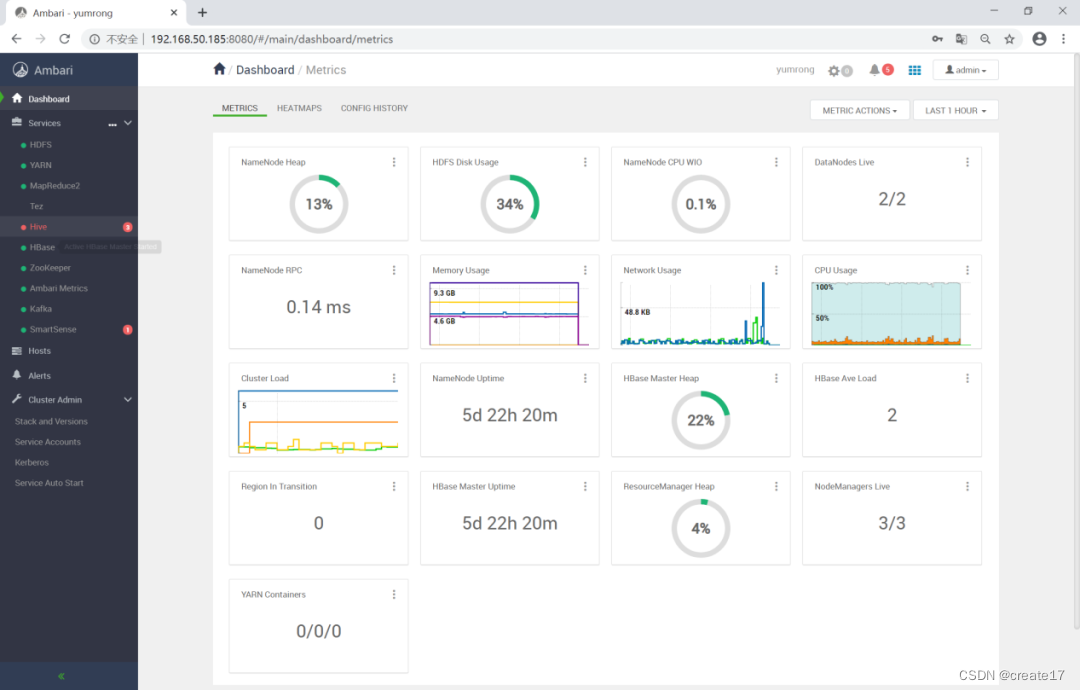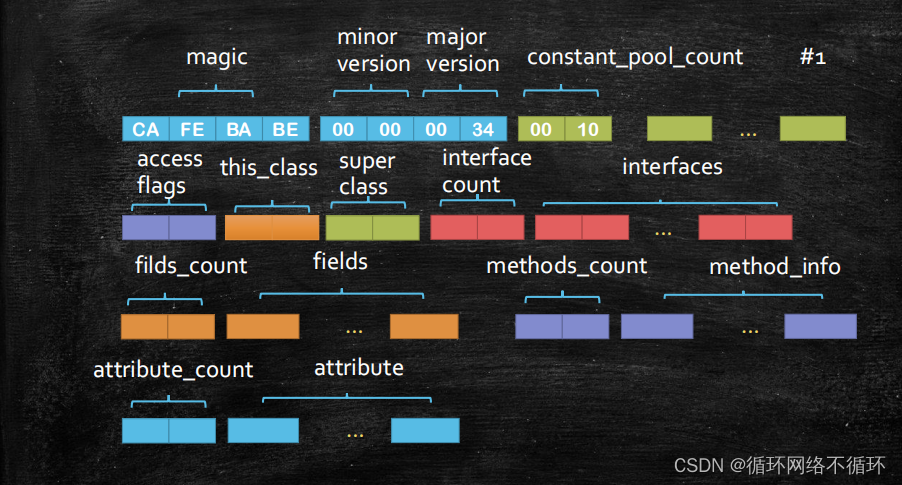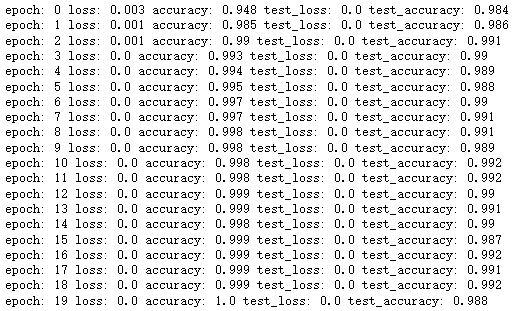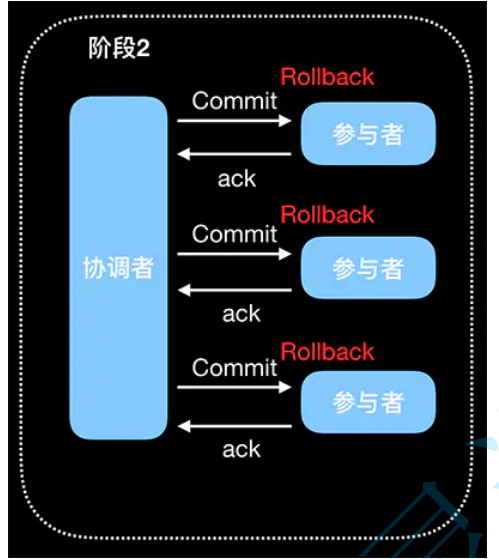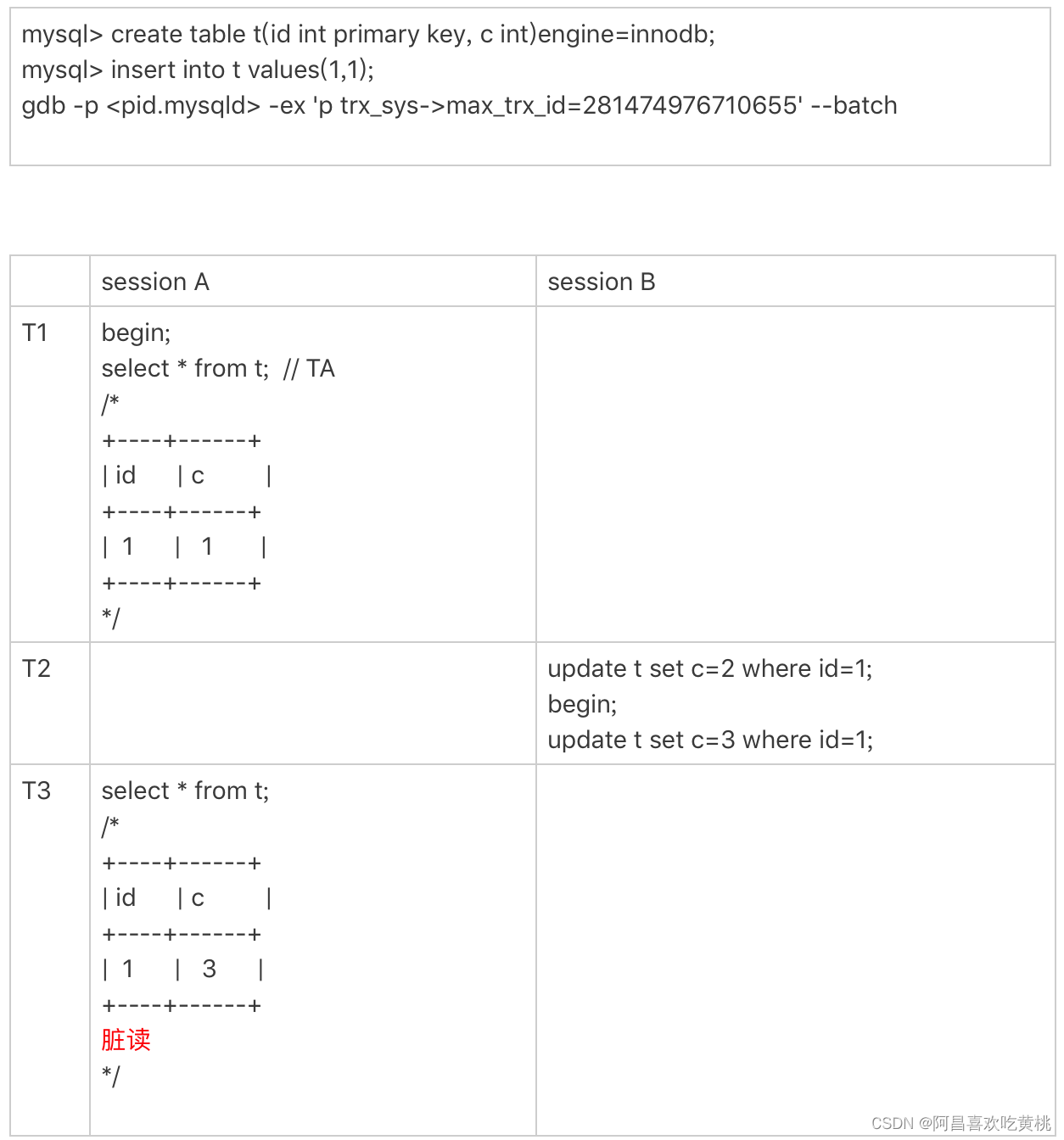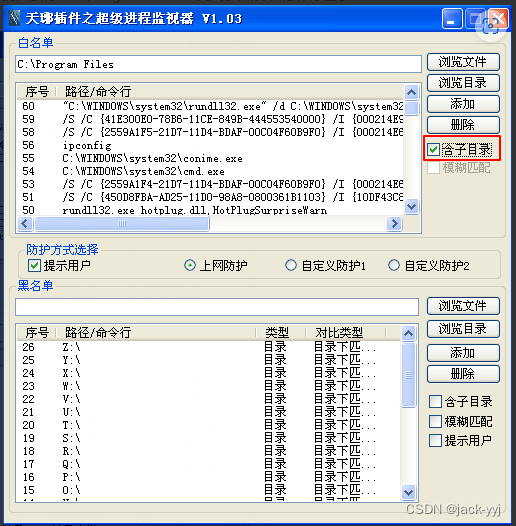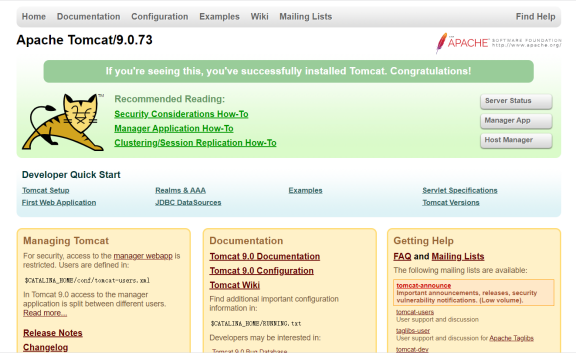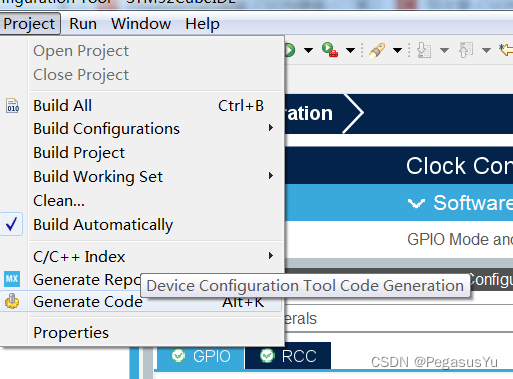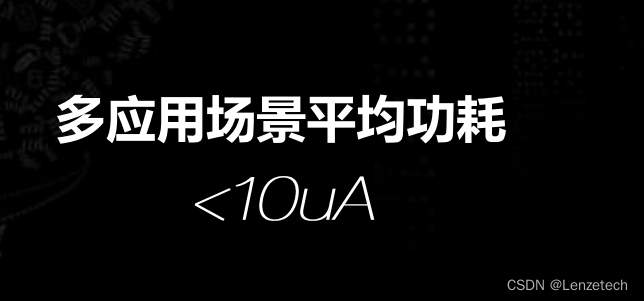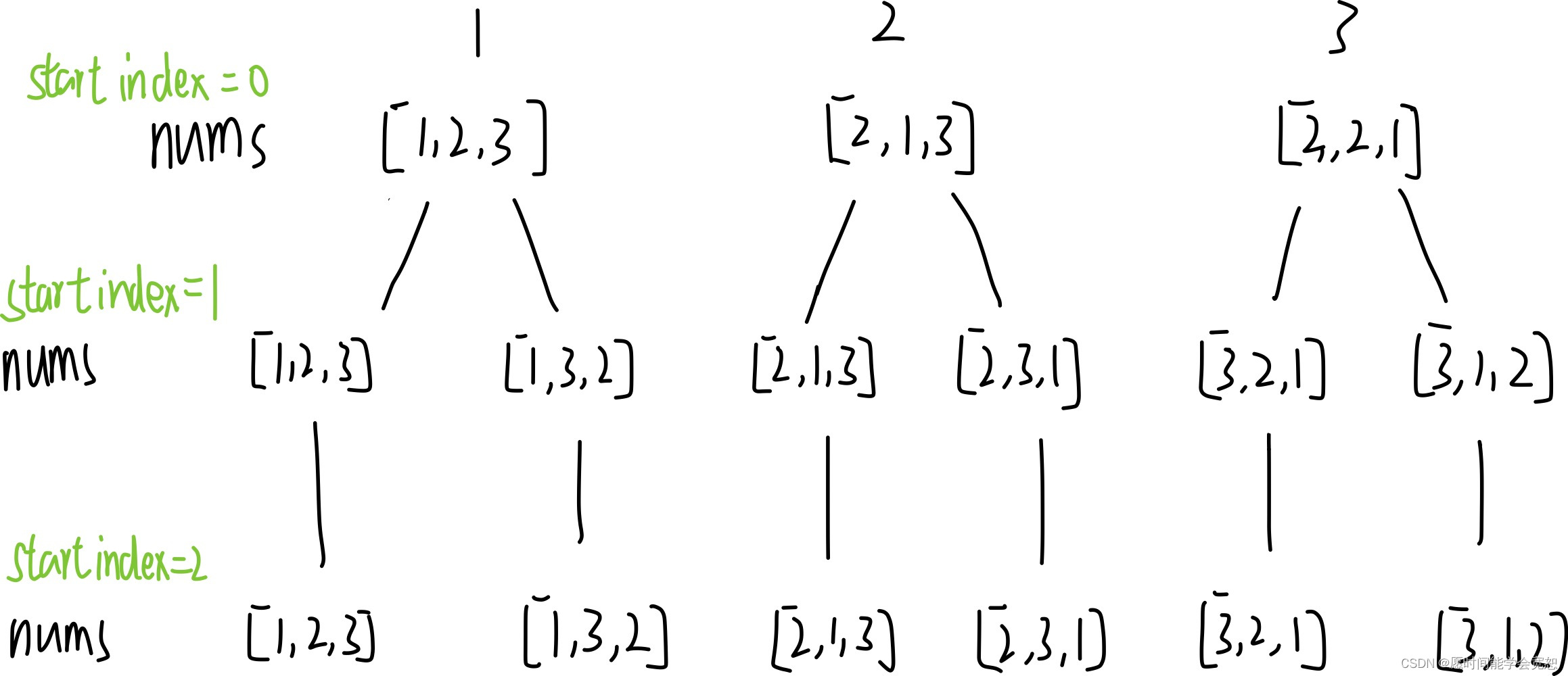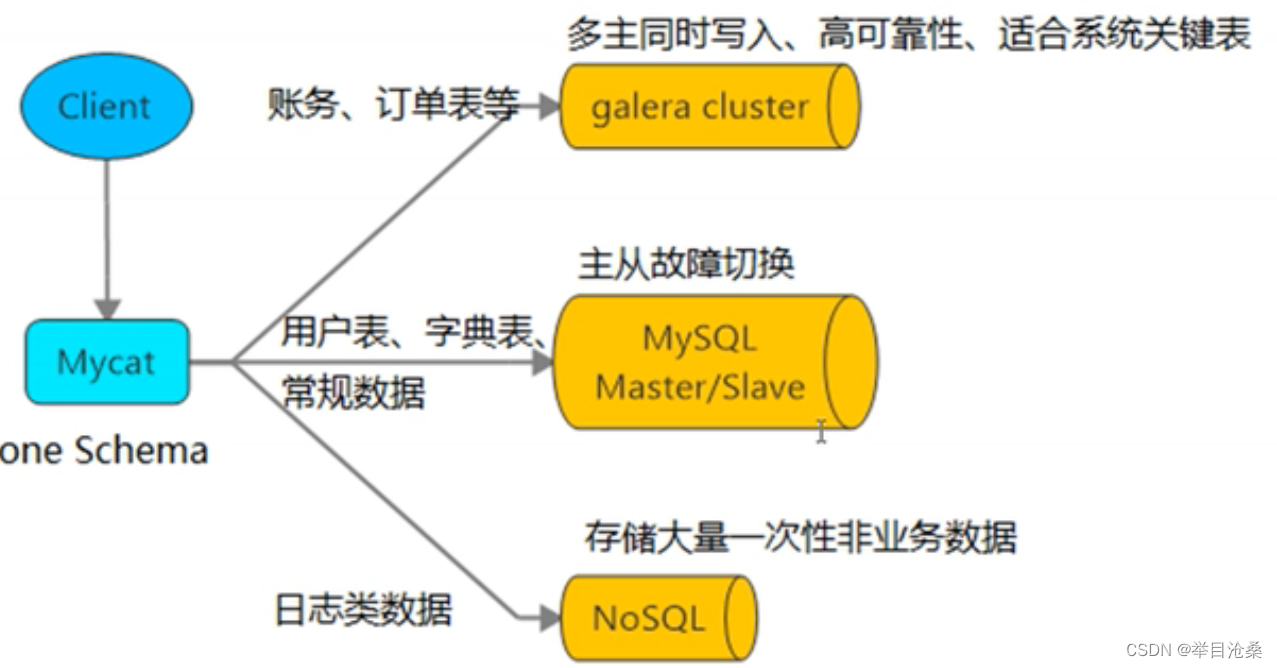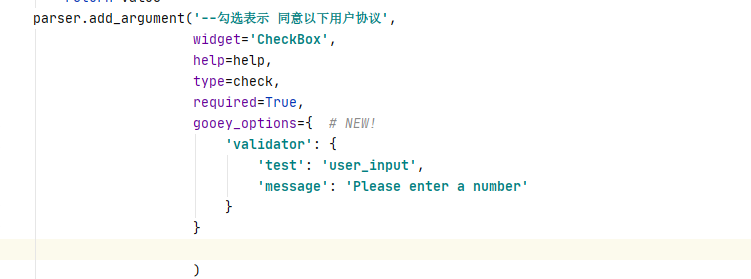在之前的文章中,我们已经详尽讨论过FMCW雷达测距和测速的原理,现在来讲最后一块内容,测角。测角对于硬件设备具有要求,即要求雷达具有多发多收结构,从而形成多个空间信道(channel),我们正是利用这些channel间的差异性来完成对目标的测角。
本节讲述通用的Angle FFT测角的原理。
天线阵列
在一个具有多发多收的天线结构中,我们可以得到一个天线阵列(array)。一个Tx-Rx就构成了一个空间信道。

设相邻的两个天线之间排布间距为
d
d
d,到达角(angle of arrival,AoA)为
θ
\theta
θ,则相邻的两个天线之间会产生一个固定的光程差
d
sin
θ
d \sin \theta
dsinθ,这个固定的光程差会造成相邻两个信道间接收回波固定的相位差。即
d
sin
θ
λ
=
Δ
ϕ
2
π
\frac{d \sin \theta}{\lambda}=\frac{\Delta \phi}{2\pi}
λdsinθ=2πΔϕ
于是我们就有
sin
θ
=
λ
2
π
d
Δ
ϕ
\sin\theta = \frac{\lambda}{2 \pi d} \Delta \phi
sinθ=2πdλΔϕ
最大测量角度
由于
−
π
<
Δ
ϕ
<
π
-\pi<\Delta \phi < \pi
−π<Δϕ<π
所以最大测量角度为
θ
m
a
x
<
arcsin
(
λ
2
d
)
\theta_{max} < \arcsin (\frac{\lambda}{2d})
θmax<arcsin(2dλ)
取天线阵列间距为 λ 2 \frac{\lambda}{2} 2λ时,就可得此时测量达到达到角的范围正好在±90°,即
−
1
<
sin
θ
<
1
-1< \sin \theta < 1
−1<sinθ<1
−
9
0
∘
<
θ
<
9
0
∘
-90 ^{\circ} < \theta < 90^{\circ}
−90∘<θ<90∘
但值得注意的是,虽然 sin θ \sin \theta sinθ与我们的 Δ ϕ \Delta \phi Δϕ成正比,但由于 sin θ \sin \theta sinθ 函数本身的非线性, θ \theta θ 在角度小时对 Δ ϕ \Delta \phi Δϕ更敏感,或者说:在低角度范围(如AoA±30°)内测角的精度(或区分度)更高。
可以看下面的函数图来有一个直观的认识:当我们在
sin
θ
\sin \theta
sinθ轴取均匀标度,在
θ
\theta
θ 轴上的标度随角度的增加是越来越粗的。

相位差的周期性
在之前 测速 的文章中,我们已经讨论过相位差的周期性,及其基于数字域角分辨率下的FFT结果。那么,现在由于N个信道所造成的固定相位差,同样也会形成这个一个相位差的周期性。
借用一幅TI教程的示意图,我们此时对在同一range bin中且又在同一 velocity bin中的两个运动物体进行区分,那么,如果其AoA不同,我们就可以借由 angle FFT 来完成对这两个运动物体的区分。
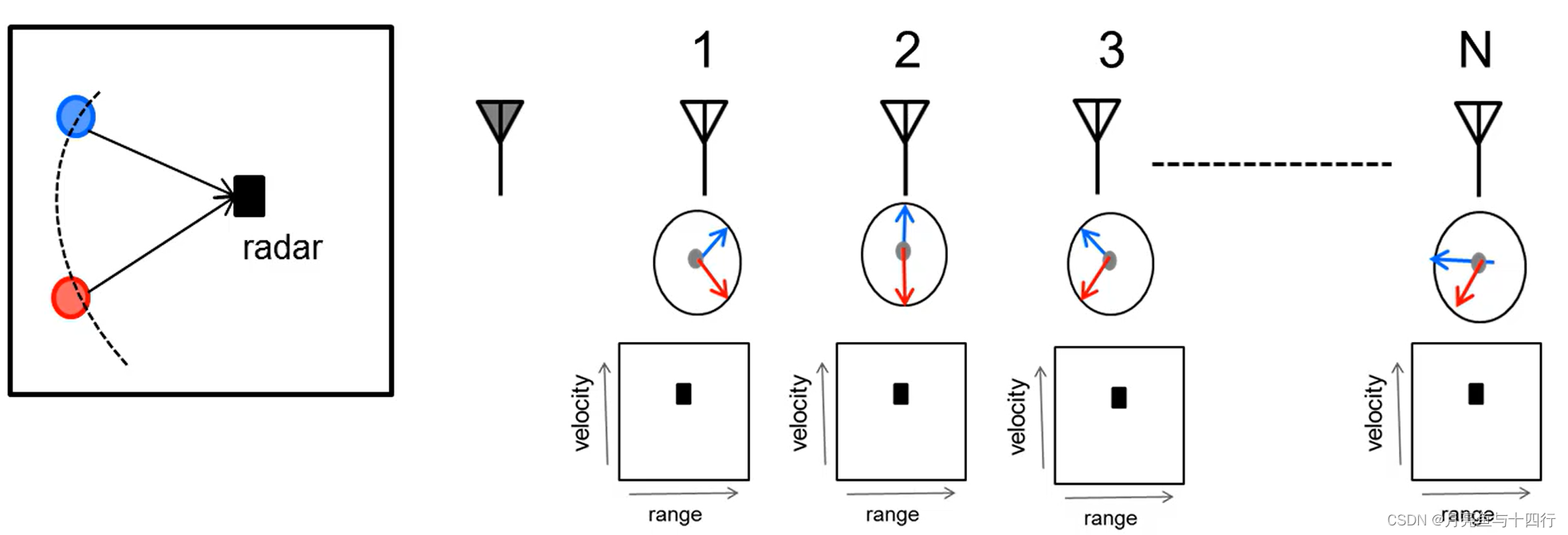
角度分辨率
看得出来,此处的推导与测速中的推导相近。在数字域上的角速度分辨率为
Δ
ω
=
2
π
N
r
a
d
i
a
n
s
/
s
a
m
p
l
e
Δω= \frac{2 \pi}{N} radians/sample
Δω=N2πradians/sample
其中N为FFT的点数,继续令
Δ
ϕ
=
w
\Delta \phi = w
Δϕ=w,则
sin
(
θ
+
Δ
θ
)
−
sin
(
θ
)
=
λ
2
π
d
(
Δ
w
+
w
)
−
λ
2
π
d
w
=
λ
2
π
d
Δ
w
\sin(\theta + \Delta \theta) -\sin(\theta) = \frac{\lambda}{2 \pi d}(\Delta w +w) - \frac{\lambda}{2 \pi d}w = \frac{\lambda}{2 \pi d}\Delta w
sin(θ+Δθ)−sin(θ)=2πdλ(Δw+w)−2πdλw=2πdλΔw
根据导数的定义,我们有
sin
(
θ
+
Δ
θ
)
−
sin
(
θ
)
Δ
θ
=
cos
θ
\frac{ \sin(\theta + \Delta \theta) -\sin(\theta) }{\Delta \theta}= \cos \theta
Δθsin(θ+Δθ)−sin(θ)=cosθ
于是,可进一步推得
cos
(
θ
)
Δ
θ
=
λ
2
π
d
Δ
w
\cos (\theta) \Delta \theta = \frac{\lambda}{2 \pi d}\Delta w
cos(θ)Δθ=2πdλΔw
Δ
θ
=
λ
2
π
d
cos
(
θ
)
Δ
w
=
λ
N
d
cos
(
θ
)
\Delta \theta = \frac{\lambda}{2 \pi d \cos (\theta) }\Delta w=\frac{\lambda}{N d \cos (\theta) }
Δθ=2πdcos(θ)λΔw=Ndcos(θ)λ
这里同样可对之前低角度范围内测角的精度(或区分度)更高的原因做出解释:
cos
θ
\cos \theta
cosθ在低角度时值更大,使得此时的
Δ
θ
\Delta \theta
Δθ 有着更细微的取值。
如果取天线阵列间距为
λ
2
\frac{\lambda}{2}
2λ ,且设
θ
=
0
\theta = 0
θ=0,就可以得到通常定义下的最精细的角度分辨率为
θ
r
e
s
=
2
N
\theta_{res} = \frac{2}{N}
θres=N2
可见其将受限于能够完成多发多收的天线数量。
